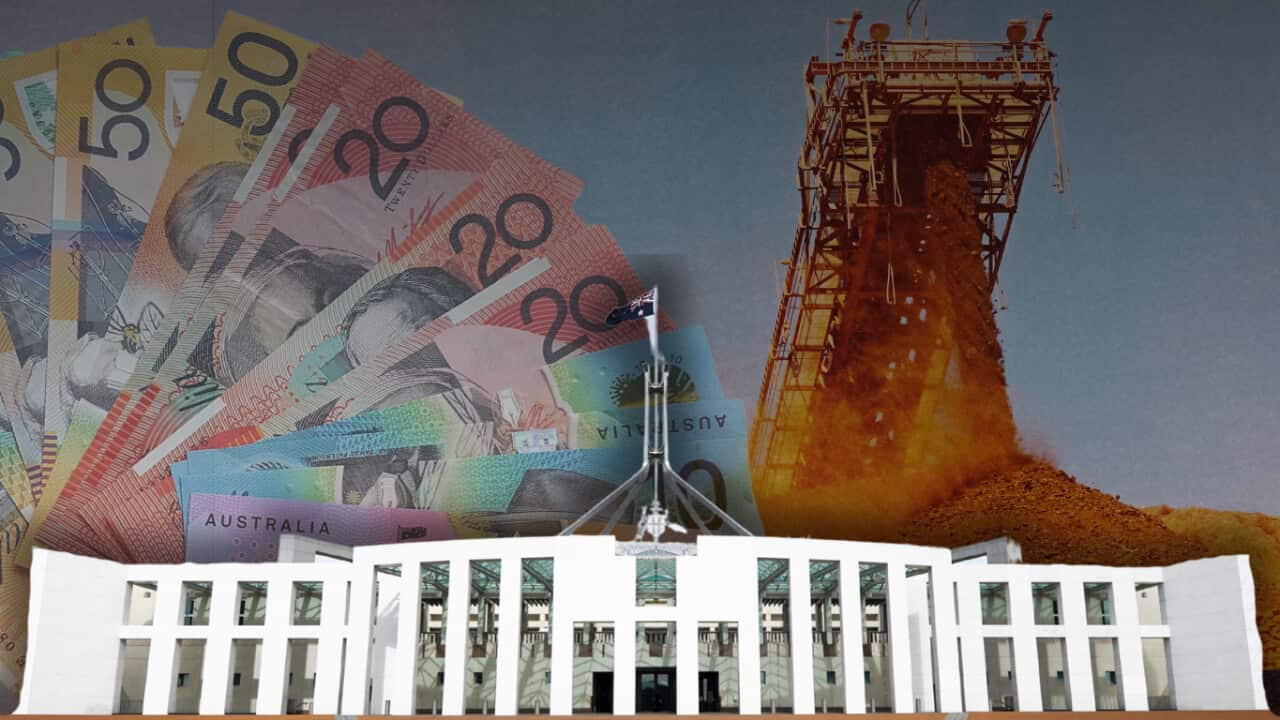All around the world, young men are moving further to the right on the political spectrum.
In the United States, 56 per cent of men aged between 18 to 29 voted for Donald Trump compared to 40 per cent of women.
However, experts have said there are a few factors which hinders support for the far-right here in Australia compared to overseas.
After researching the inner workings of far-right parties in Australia, senior research fellow at the Centre for Deliberative Democracy and Global Governance at the University of Canberra Jordan McSwinney said they aren't as well organised.
"[Candidates] aren't necessarily disatisfied with the party's positions, but with the way the party operates."
Compulsory voting also plays a role.
Youth researcher and lecturer in Government at Flinders University Intifar Chowdhury said hard right ideologies get dampened by moderate and progressive voters.
"As Australians we tend to be more centred and that's why it's not playing out like in the rest of the world."
In this episode of Who's Right? Who's Left? we look at the ideological gender gap in Australia, and how it's changing.









